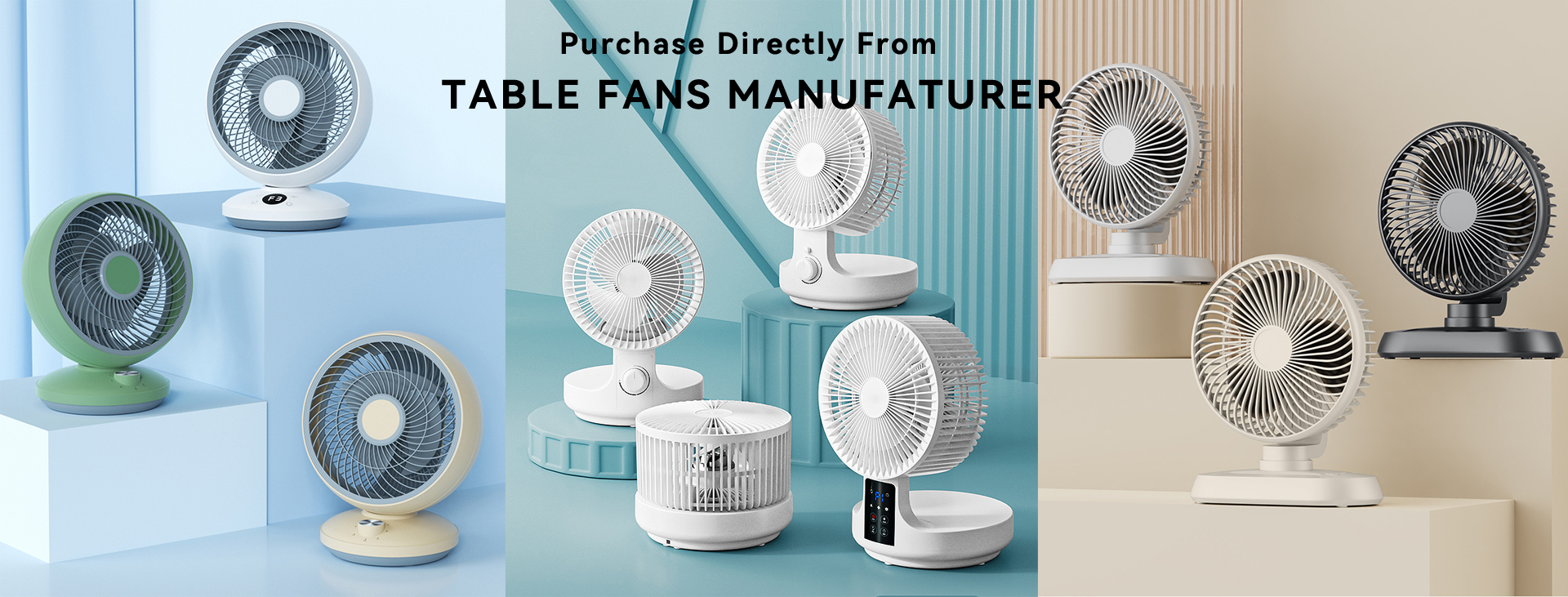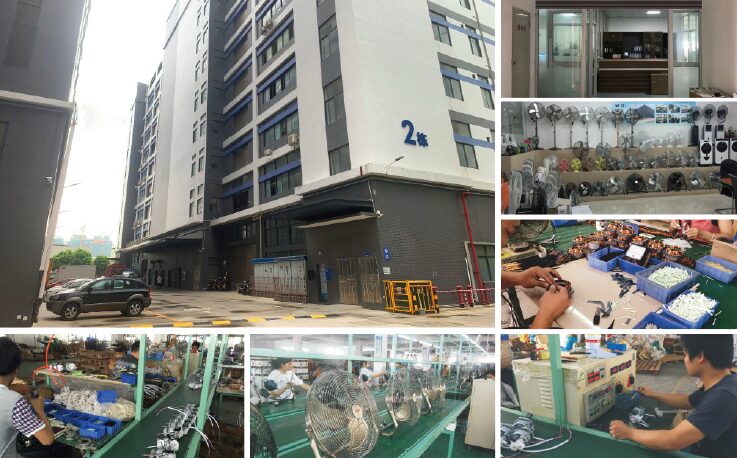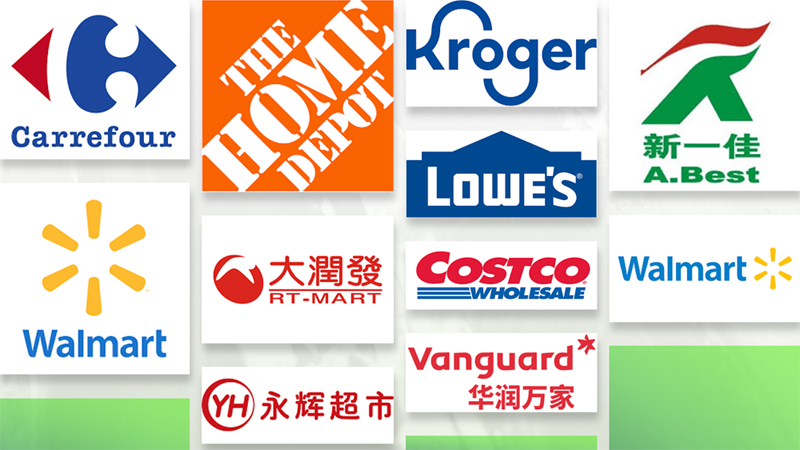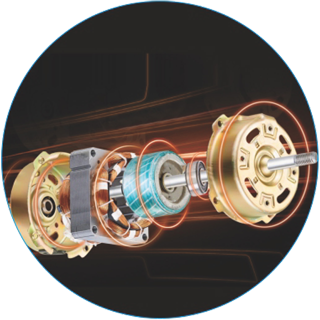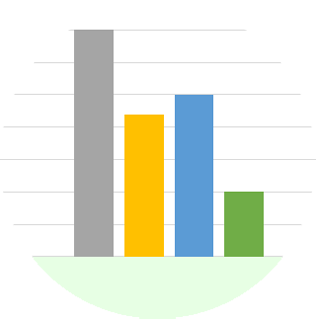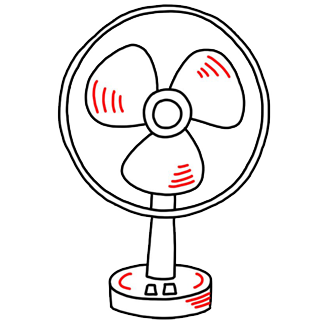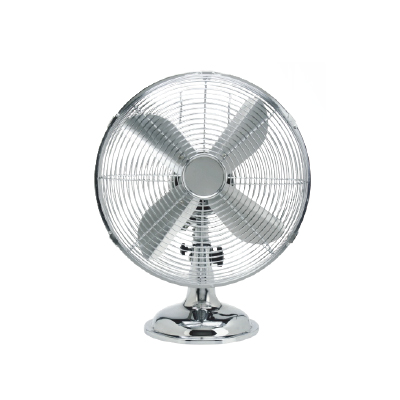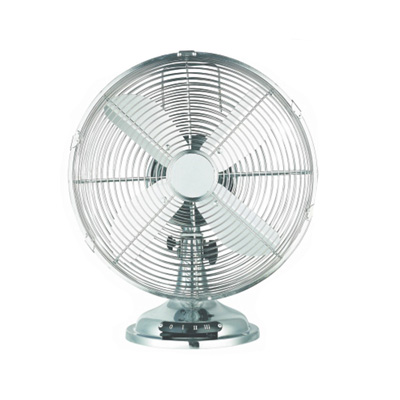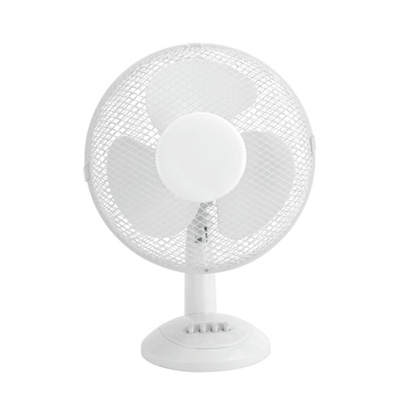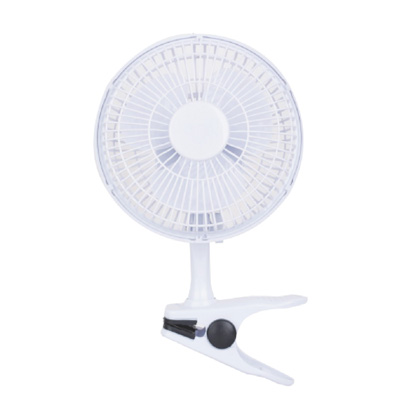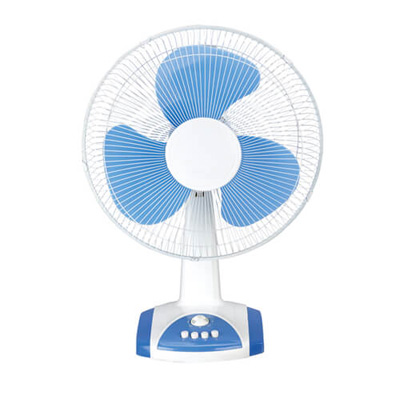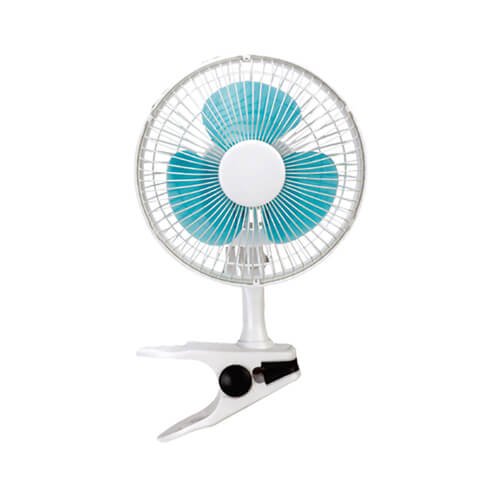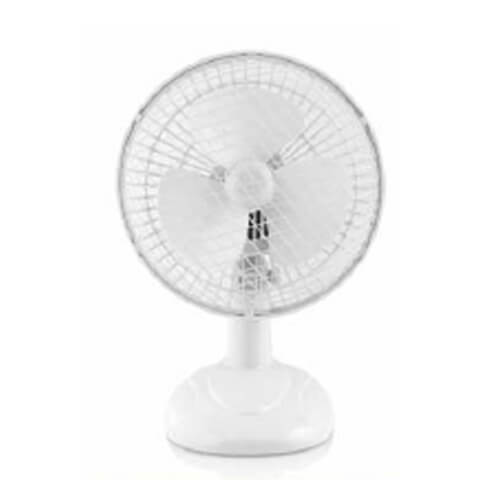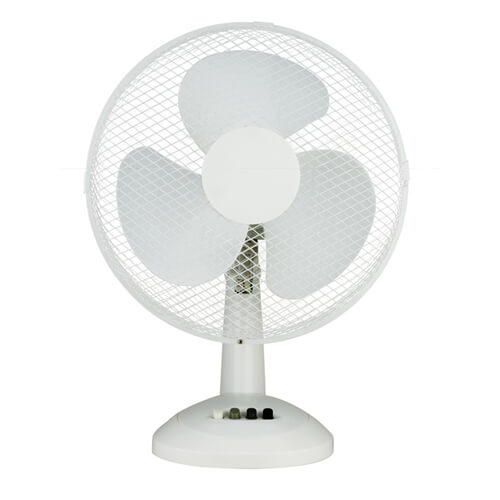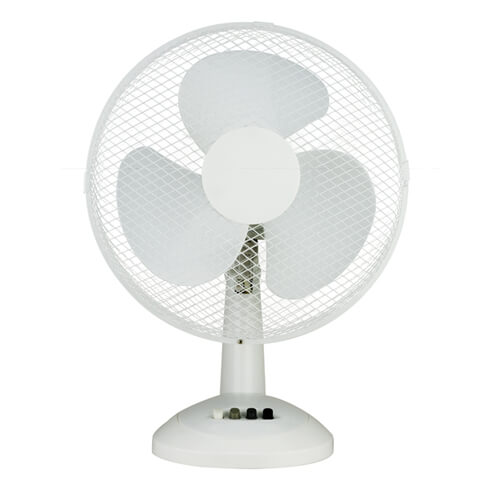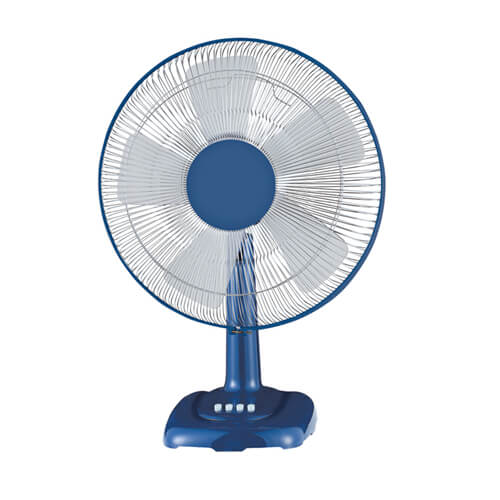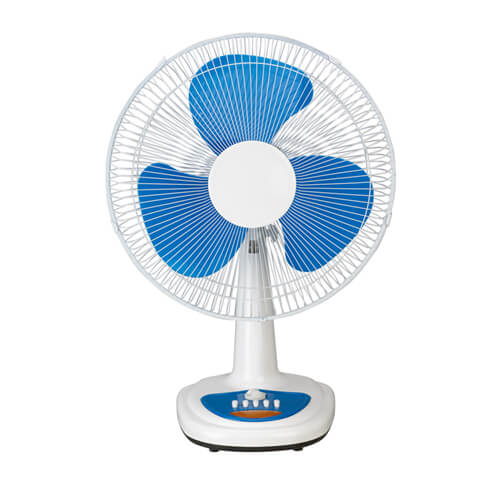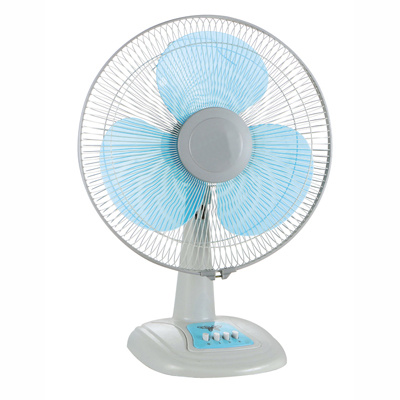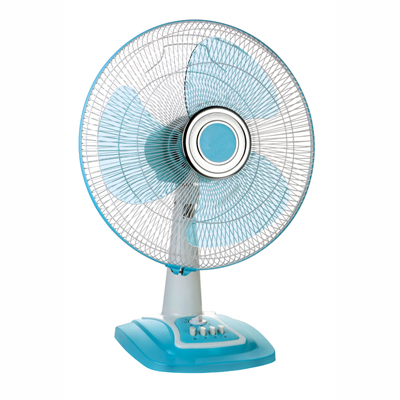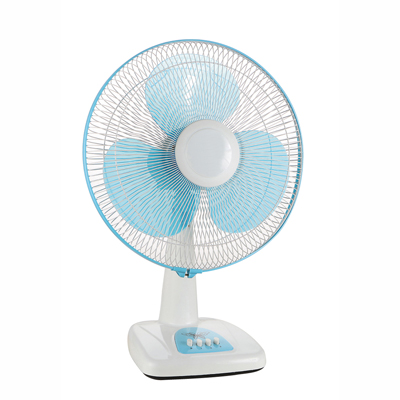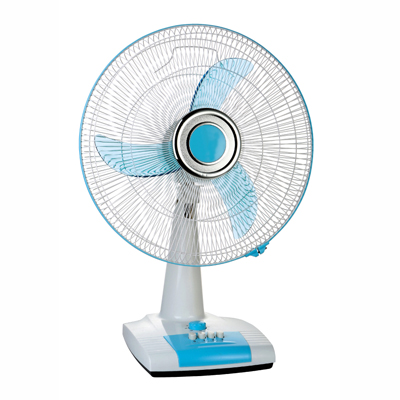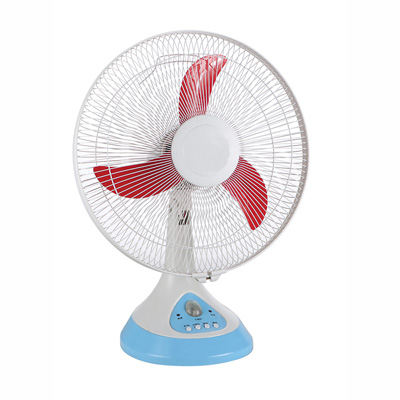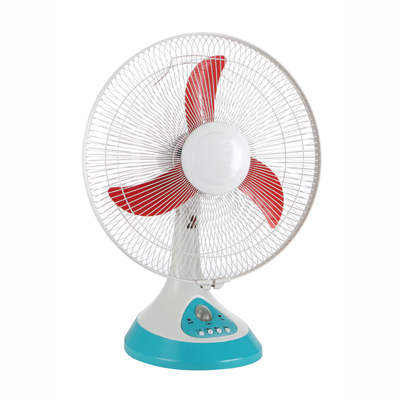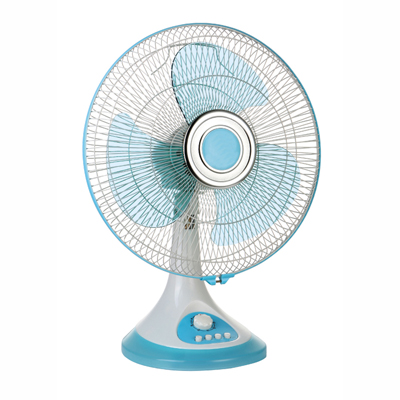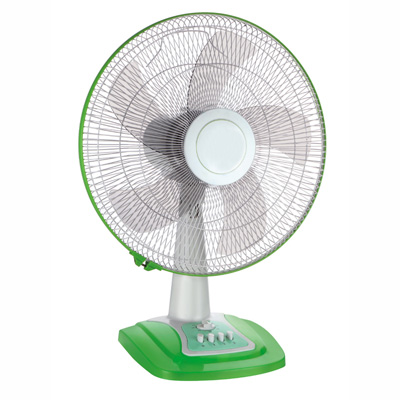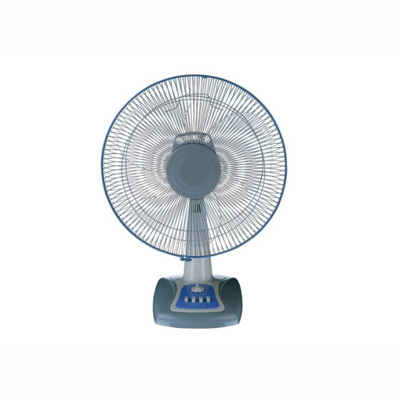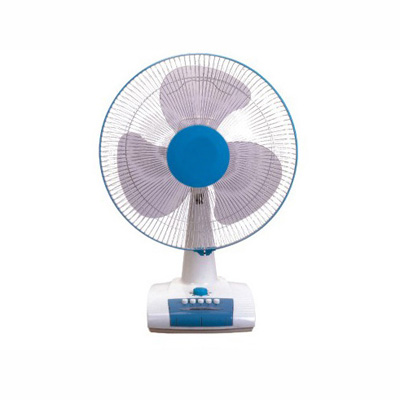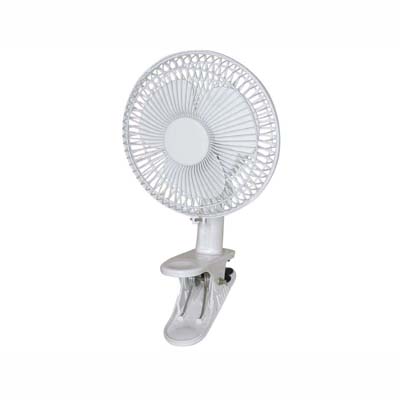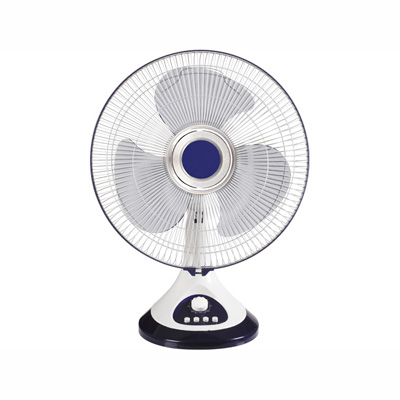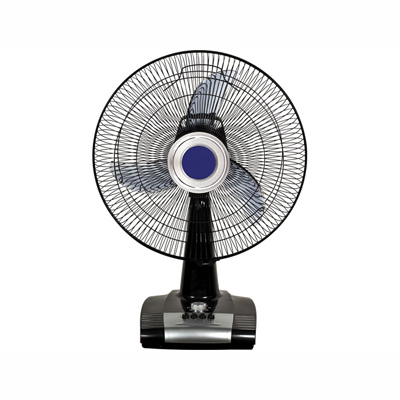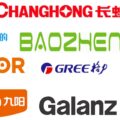Maintenance Instructions of Table Fan & Desk Fans
The Table fan requires little maintenance.Do not try to fix it by yourself, refer it to qualified service personnel if service is required.
1. Before cleaning and assembling, do not plug the pins into the socket.
2. To ensure adequate air circulation to the motor,keep vents at the rear of the motor housing room dust,fluff and etc,A vacuum cleaner can not be used to clean these vents before unplug.Do not disassemble the fan to remove fluff.
3. Please wipe the exterior ports with a soft cloth soaking a mild detergent.Do not use any abrasive detergent or solvents to avoid scratching the surface.
4. Do not allow water or any other liquid in to the motor housing or interior parts.
5. If the power cord is damaged,it is strongly recommended to request a specialist to handle.
Standards and parameters associated with table fans can vary depending on the region and specific regulatory bodies. However, here are some common standards and parameters that are often associated with table fans:
Electrical Safety Standards: Table fans are subject to electrical safety standards to ensure user protection. These standards typically include requirements for insulation, grounding, protection against electric shock, and compliance with specific voltage and current limits.
Energy Efficiency Standards: Many countries have energy efficiency standards in place to promote the use of energy-efficient appliances, including table fans. These standards may specify maximum power consumption limits or define energy efficiency ratings that table fans need to meet.
Noise Level Limits: Some regions or countries have regulations or standards regarding the maximum permissible noise levels produced by table fans. These limits are in place to prevent excessive noise disturbance in residential or commercial settings.
Blade Safety Standards: Table fans are subject to safety standards related to the design and construction of fan blades. These standards typically include guidelines on blade material strength, size limits, and safety features to prevent injuries or accidents.
Material Safety Standards: Table fans may need to comply with material safety standards to ensure that the materials used in their construction are safe for human use. These standards may cover aspects such as flame resistance, toxicity levels, and compliance with specific chemical regulations.
Performance Parameters: Various performance parameters are associated with table fans, including airflow, rotational speed, power consumption, and fan speed settings. These parameters may be specified in standards or guidelines to ensure that table fans meet certain performance criteria.
Dimensions and Size Limits: Table fans may have standards or guidelines regarding their dimensions and size limits to ensure compatibility with standard table sizes and to prevent excessive space requirements.
Energy Efficiency: There is a growing emphasis on energy efficiency in the table fan industry. Manufacturers are focusing on developing fans with improved motor technology, blade design, and control systems to maximize airflow while minimizing energy consumption. Energy-efficient table fans help reduce electricity costs and promote sustainability.
Smart Functionality: The integration of smart technology is a rising trend in the table fan industry. Smart table fans can be controlled remotely via mobile apps or voice assistants, allowing users to adjust settings, set schedules, and monitor energy consumption. These fans may also offer features such as integration with smart home systems, compatibility with virtual assistants, and data-driven optimization for personalized comfort.
Enhanced Air Purification: Some table fans now incorporate air purification features to improve indoor air quality. These fans may include built-in filters or ionizers to capture dust, allergens, and pollutants from the air, providing cleaner and healthier airflow. The combination of cooling and air purification in a single device appeals to consumers seeking multifunctional solutions.
Design and Aesthetics: Manufacturers are paying increased attention to the design and aesthetics of table fans. Sleek, modern, and visually appealing designs are becoming more prevalent, allowing table fans to blend seamlessly with various interior styles. Customizable options, such as color choices or decorative elements, are also being offered to cater to individual preferences.
Quiet Operation: Noise reduction is a significant focus in the table fan industry. Consumers are seeking fans that operate quietly, minimizing noise disturbance during use. Manufacturers are investing in advanced motor and blade technologies, as well as noise-dampening materials, to develop table fans with lower noise levels without compromising performance.
Portable and Compact Designs: There is a demand for portable and compact table fans that can be easily moved and placed in different locations. Manufacturers are developing lightweight and foldable designs, as well as fans with built-in handles or carrying cases, to enhance portability and convenience.
Integration of Airflow Control Technologies: Table fans are incorporating advanced airflow control technologies to offer more precise and customizable cooling experiences. This includes features such as adjustable tilting angles, oscillation modes, and variable fan speeds to cater to individual preferences and room conditions.
Sustainable Materials and Manufacturing: With increasing environmental consciousness, the use of sustainable materials and eco-friendly manufacturing practices is becoming more important in the table fan industry. Manufacturers are exploring options such as using recycled materials, reducing packaging waste, and optimizing production processes to minimize environmental impact.
Growing Demand: Table fans have been a popular cooling solution for households, offices, and small spaces. The demand for table fans has consistently been strong due to their affordability, portability, and versatility.
Shift towards Energy Efficiency: Increasing awareness about energy conservation and sustainability has influenced the market trends in the table fan industry. Consumers are more inclined to choose energy-efficient models that provide effective cooling while minimizing electricity consumption.
Technological Advancements: Manufacturers have been incorporating advanced technologies into table fan designs. This includes the integration of smart features, such as remote control operation, app connectivity, voice control, and programmable timers. Additionally, improvements in motor efficiency, blade design, and noise reduction have been observed.
Aesthetics and Design Focus: Consumers are increasingly considering the aesthetics of their appliances, including table fans. Manufacturers are responding by offering sleek and modern designs with customizable options in terms of colors, finishes, and materials to better suit various interior styles and preferences.
Expansion of Distribution Channels: The table fan market has seen an expansion in distribution channels, with the rise of e-commerce platforms and online retail. This has provided consumers with a wider range of options and easy accessibility to different brands and models.
Competitive Pricing: With a growing number of manufacturers and brands in the market, competitive pricing has become a significant factor. Consumers have a variety of options at different price points, allowing them to choose table fans that fit their budget while meeting their cooling needs.
Brand Differentiation: Building a strong brand reputation and customer loyalty has become crucial for manufacturers in the table fan market. Companies are focusing on factors such as product quality, reliability, customer support, and after-sales services to differentiate themselves from competitors.
Consumer Reviews and Ratings: Online reviews and ratings have gained importance in the decision-making process for consumers. Positive reviews and high ratings can significantly influence consumer purchasing decisions, as they provide social proof and insights into the performance and reliability of specific table fan models.
Table fans have been a popular cooling solution for both residential and commercial use, contributing to the overall market expansion. Here are some factors that have influenced the growth of the table fan market:
Increasing Demand: The demand for table fans has been steadily growing due to several factors. These include rising global temperatures, the need for localized cooling solutions, and the affordability and convenience offered by table fans compared to other cooling options like air conditioners.
Urbanization and Infrastructure Development: Rapid urbanization, particularly in emerging economies, has led to increased infrastructure development, including residential and commercial buildings. This has resulted in a greater demand for cooling solutions such as table fans to provide comfort in these spaces.
Technological Advancements: The market growth of table fans has been fueled by technological advancements. Manufacturers have introduced features such as energy-efficient motors, improved blade designs for better airflow, noise reduction technologies, and smart functionality. These advancements have attracted consumers seeking more efficient and convenient cooling solutions.
Growing Awareness of Energy Efficiency: There is a growing emphasis on energy efficiency and sustainability across various industries, including the appliance sector. This has influenced consumer preferences towards energy-efficient table fans that offer effective cooling while minimizing energy consumption. Manufacturers have responded by developing and marketing energy-efficient models.
Expansion of Distribution Channels: The expansion of e-commerce platforms and online retail has increased the availability and accessibility of table fans to consumers worldwide. Online platforms offer a wide range of options, competitive pricing, and the convenience of doorstep delivery, contributing to the market growth.
Developing Economies: The table fan market has witnessed significant growth in developing economies where there is a rising middle class and increasing disposable incomes. As more households and businesses seek affordable cooling solutions, the demand for table fans has surged in these regions.
Changing Lifestyles and Home Decor Preferences: Changing consumer lifestyles and preferences for aesthetically pleasing home decor have contributed to the growth of the table fan market. Manufacturers have responded by offering table fans with sleek designs, customizable options, and color choices that blend well with modern interior styles.
Use with our brand name, the MOQ is 100pcs. for OEM order, the MOQ is 1000pcs. If ODM, should discuss according to actual conditions or normally 20000pcs/year.
Direct orders can be within 7-15 days. OEM/ODM products will be shipped within 30 days normally.
We have 3 produciton lines keep running most of time and can add additional line in busy season. In averange, the production capacity is over 400000pcs per month in past few years.
